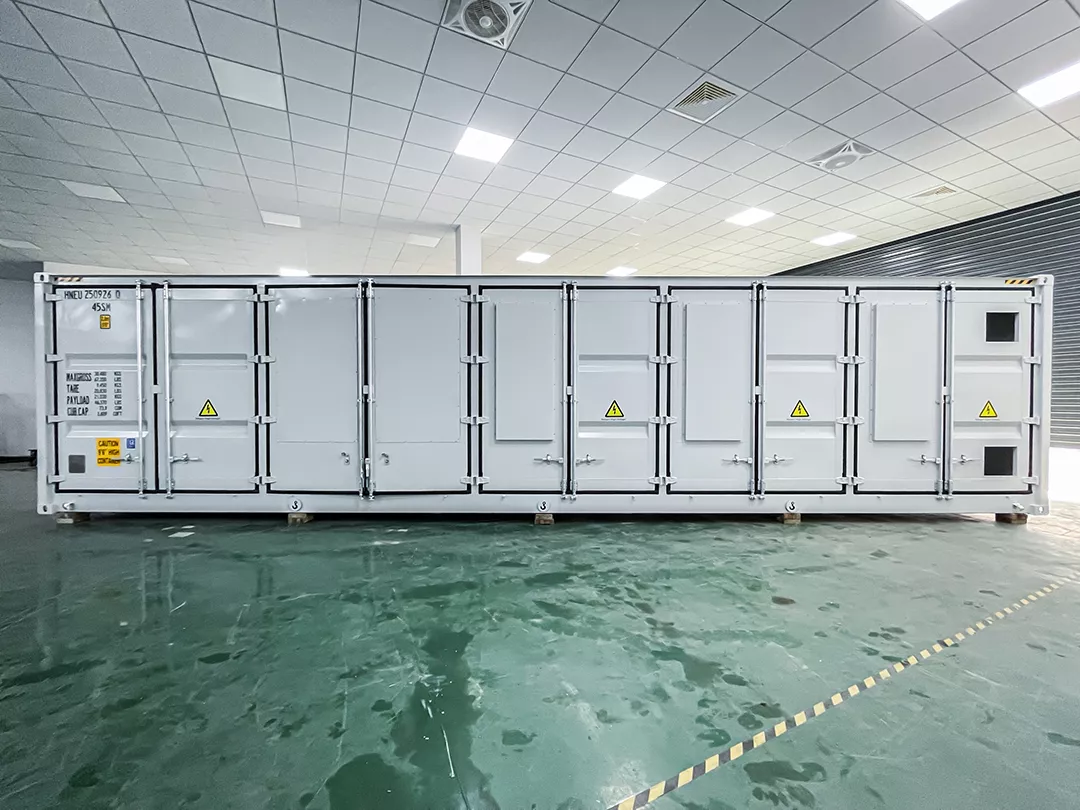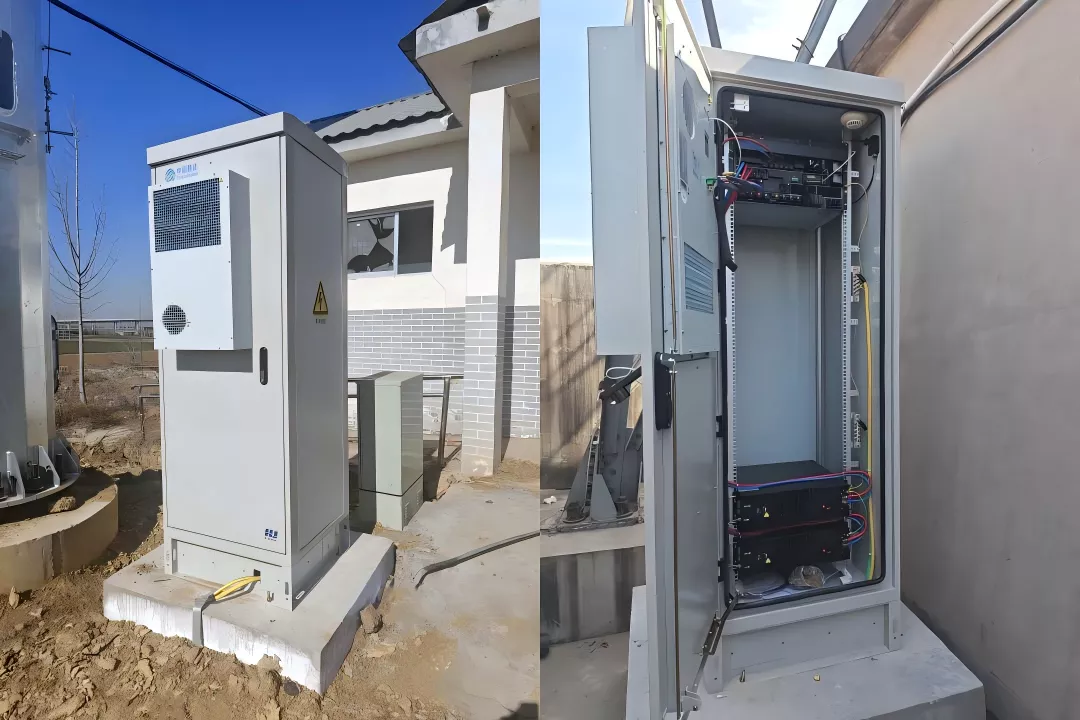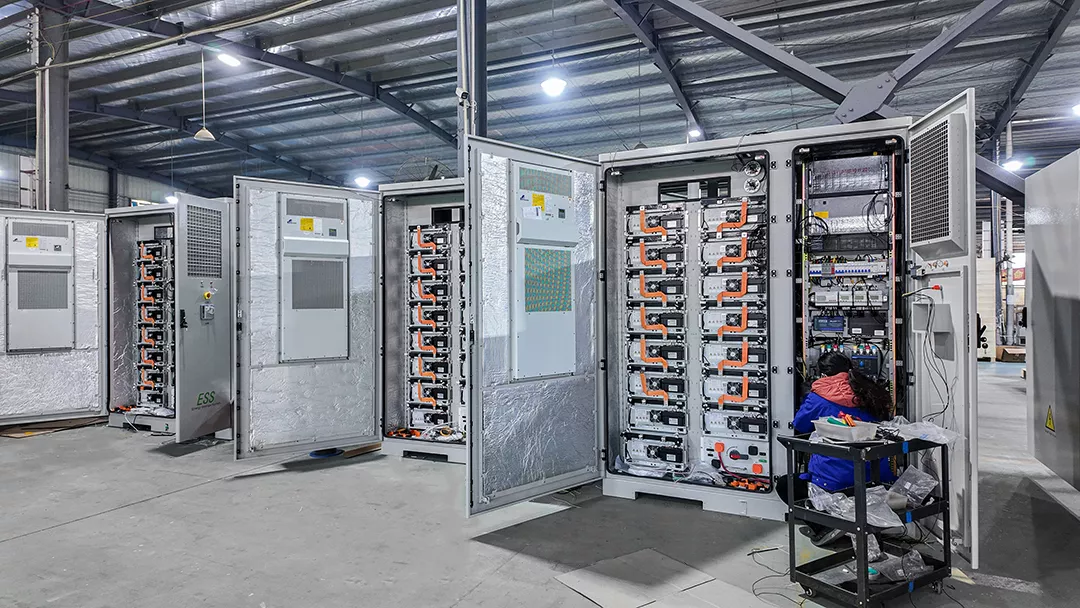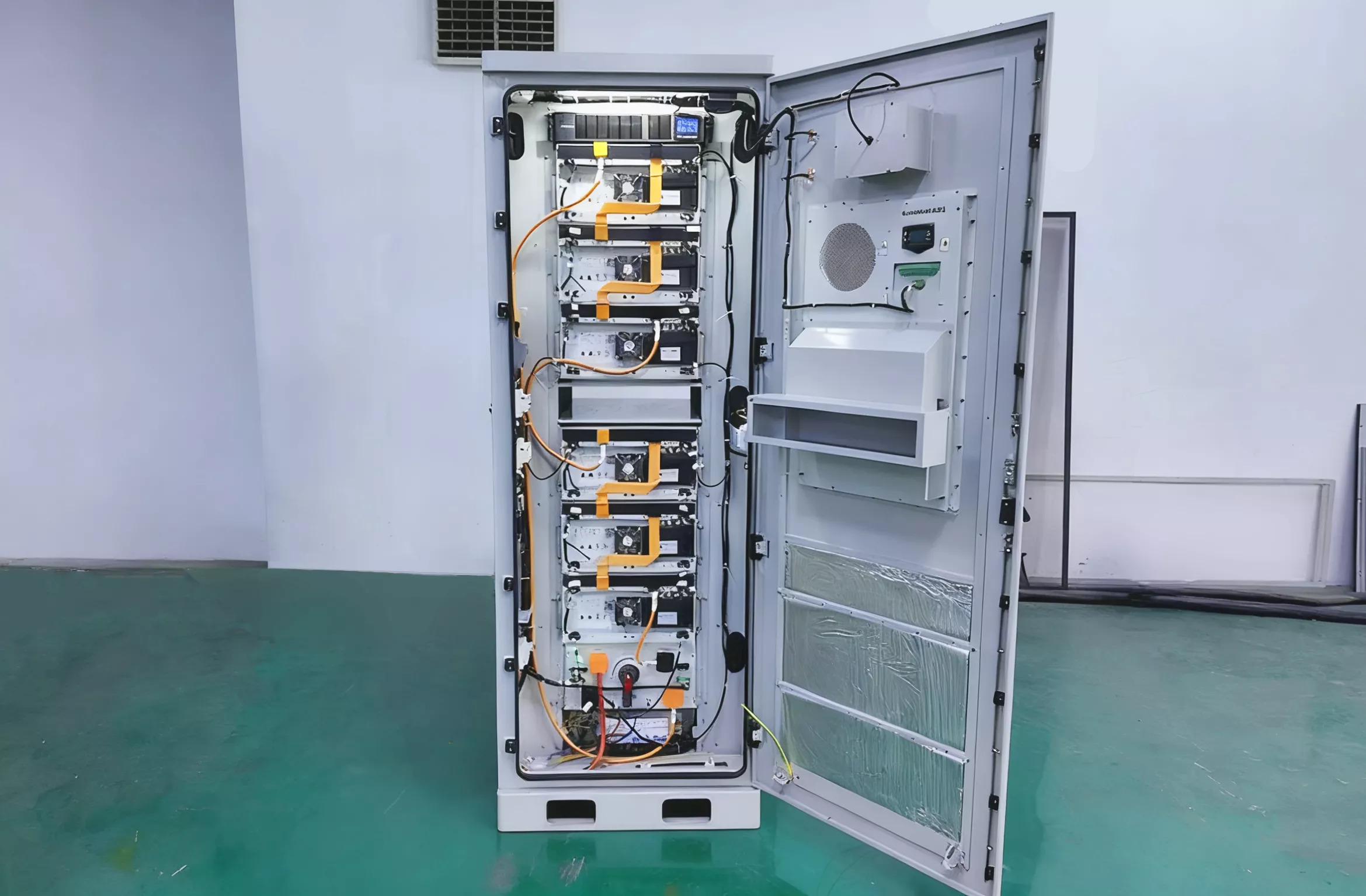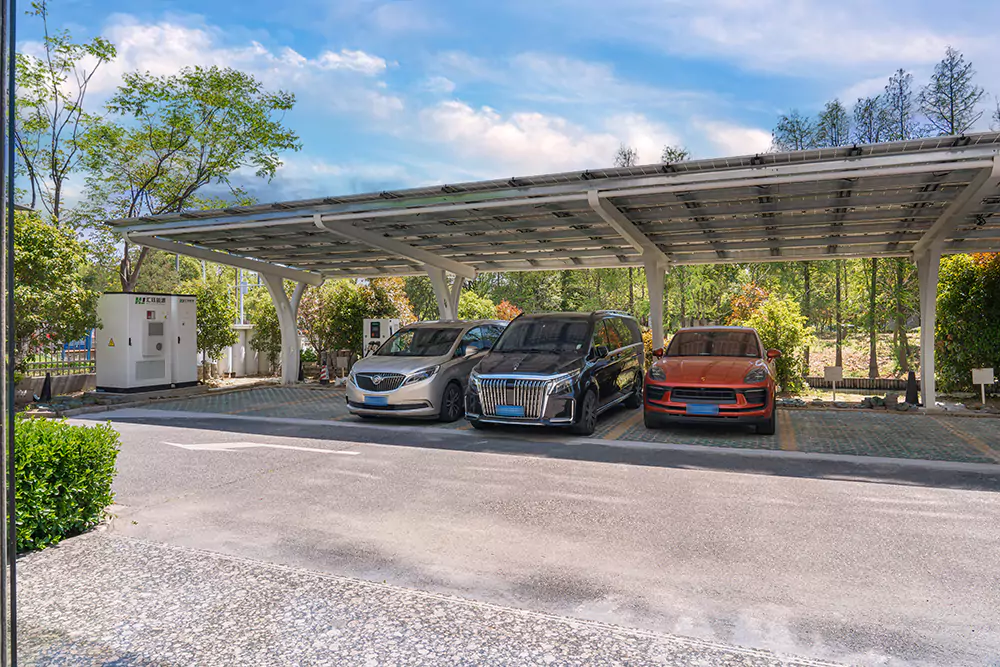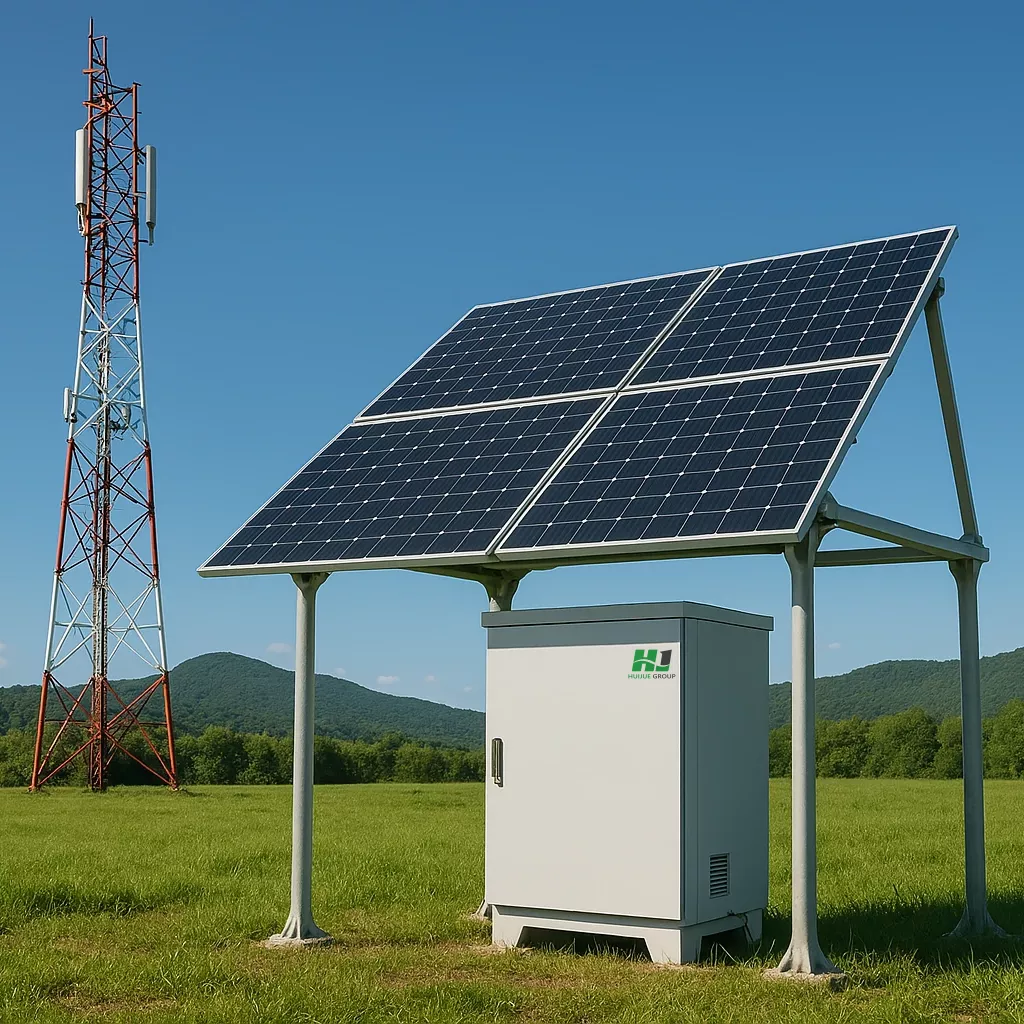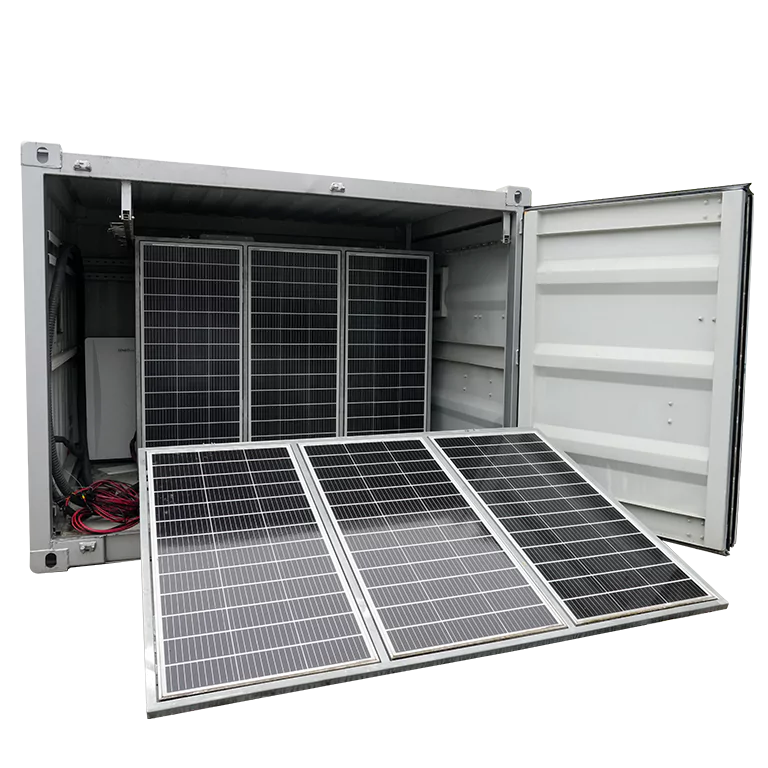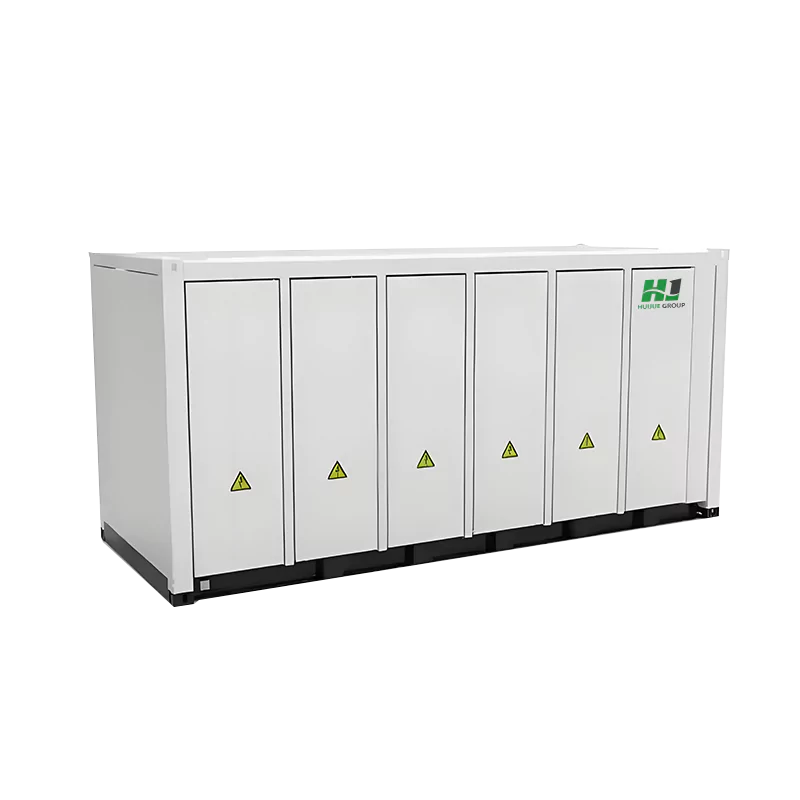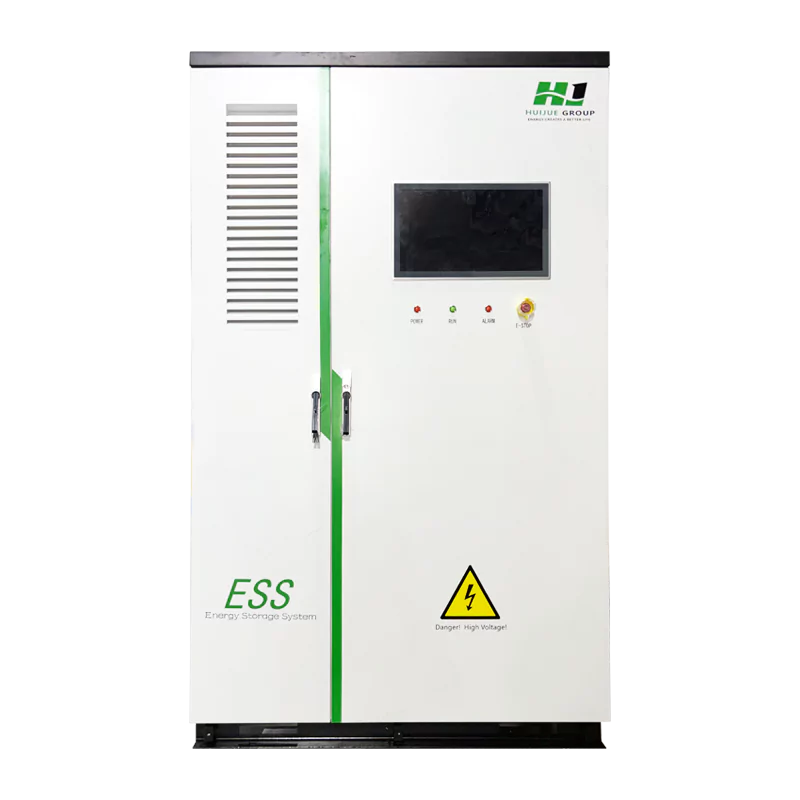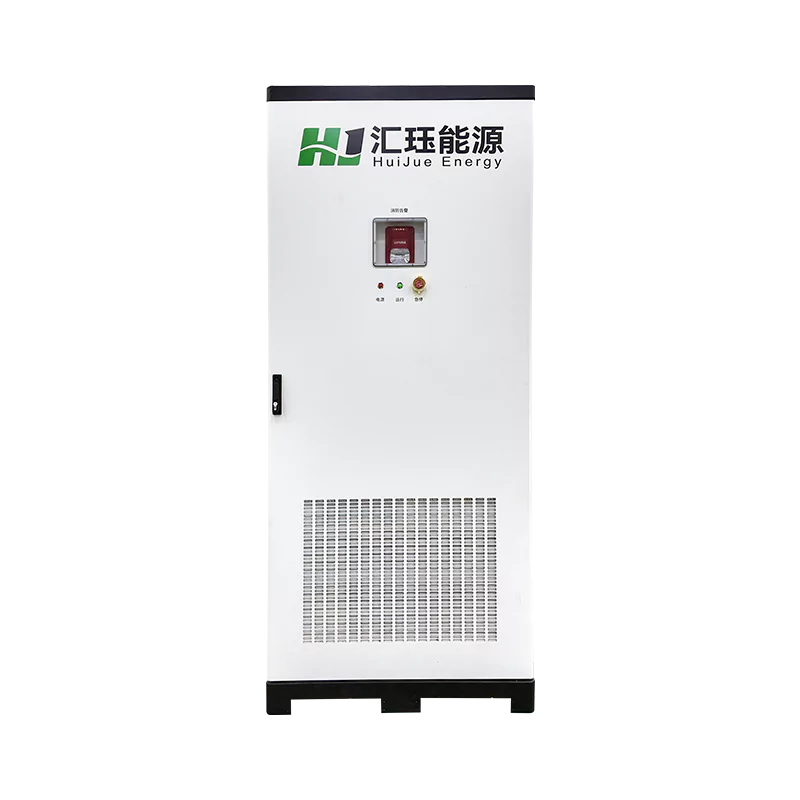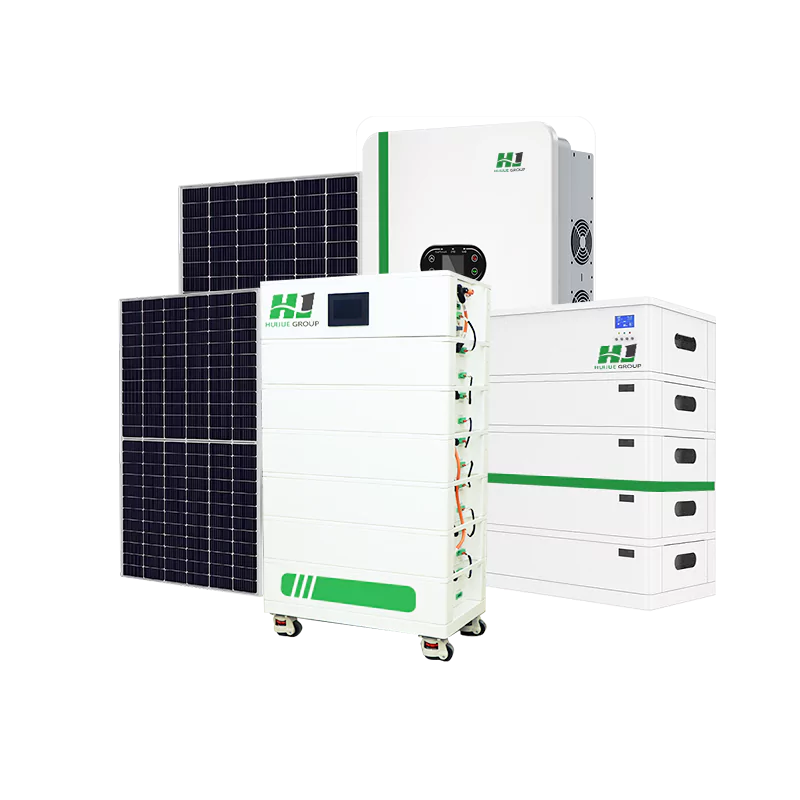What is the difference between centralized photovoltaic systems and distributed photovoltaic systems?
With the widespread adoption of clean energy worldwide, photovoltaic (PV) power generation technology is at the forefront. Currently, there are two main deployment models: centralized photovoltaic systems and distributed photovoltaic systems (PV). This article will compare and analyse the differences and advantages of these two systems based on the latest data and global trends.
- Definition and Scale
Centralised PV systems are large-scale installations located in remote areas such as deserts or wastelands, where solar resources are abundant and land costs are low, with installed capacities ranging from tens to hundreds of megawatts.
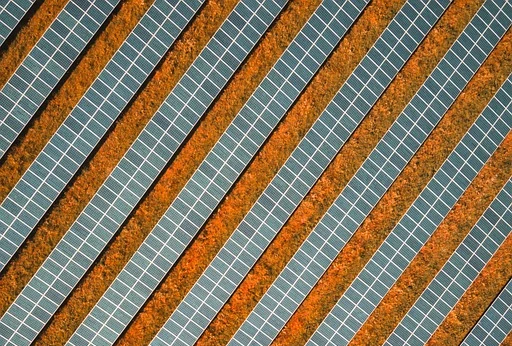
Distributed PV systems are medium to small-scale installations typically located near load centres, such as rooftops, factories, or warehouses, with installed capacities typically ranging from kilowatts to megawatts.
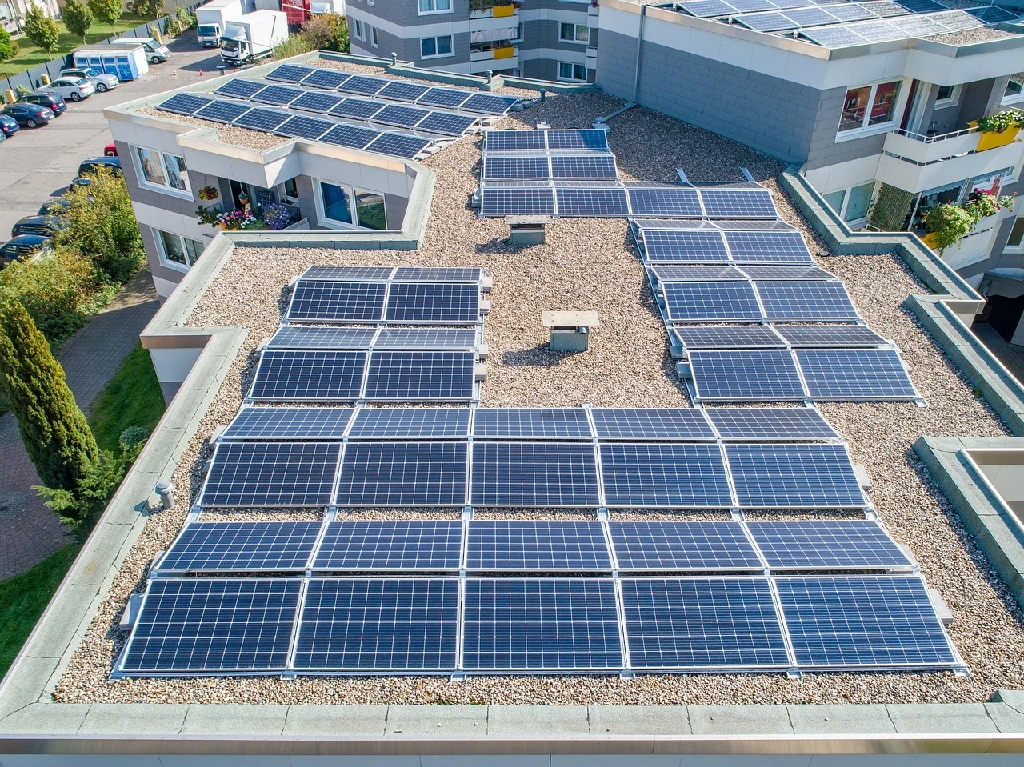
- Grid Connection and Transmission Distance
Distributed PV systems are interconnected via low-voltage or medium-voltage distribution networks, enabling local power consumption with low transmission losses.
Centralised PV systems are connected to high-voltage transmission networks, transmitting power over long distances with higher transmission losses.
- Investment, Construction, and Maintenance
Distributed PV systems offer advantages such as low initial investment, short payback periods, flexible deployment, and simple maintenance, and can be managed by end-users or service providers.
Centralised PV systems require significant investment and complex infrastructure (substations, inverter rooms, switchgear, etc.), with higher technical management requirements.
- Energy Efficiency and Grid Support
Distributed PV supports immediate local consumption, reducing transmission waste and improving energy utilisation efficiency.
Centralised PV leverages economies of scale and superior control capabilities to more effectively support reactive power regulation and grid frequency control.
- Technical Challenges and Grid Impact
Distributed PV faces challenges such as reverse power flow, rapid output fluctuations, and stability issues, requiring enhanced grid control systems.
Centralised PV faces high transmission costs, long-distance transmission losses, and stringent grid connection requirements, including low-voltage ride-through (LVRT) capability.
- Global Deployment Trends
As of 2023, Australia’s distributed PV installed capacity (approximately 23,169 megawatts) far exceeds centralised PV (approximately 11,016 megawatts), highlighting the growing dominance of distributed generation.
In Brazil, as of the end of 2022, the total installed capacity of solar PV was approximately 27 gigawatts, with distributed PV accounting for approximately 18.8 gigawatts and centralised PV accounting for approximately 8.2 gigawatts.
In summary, centralized PV systems and distributed PV systems each have their unique advantages and limitations. The centralized model excels in large-scale centralized control and grid support, while distributed systems offer flexibility, high local efficiency, and rapid returns. The complementary roles of both will collectively drive the global transition toward a resilient, clean energy future.


 +86 18721624519
+86 18721624519

